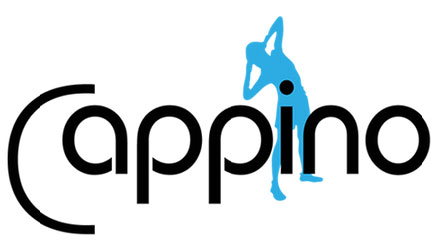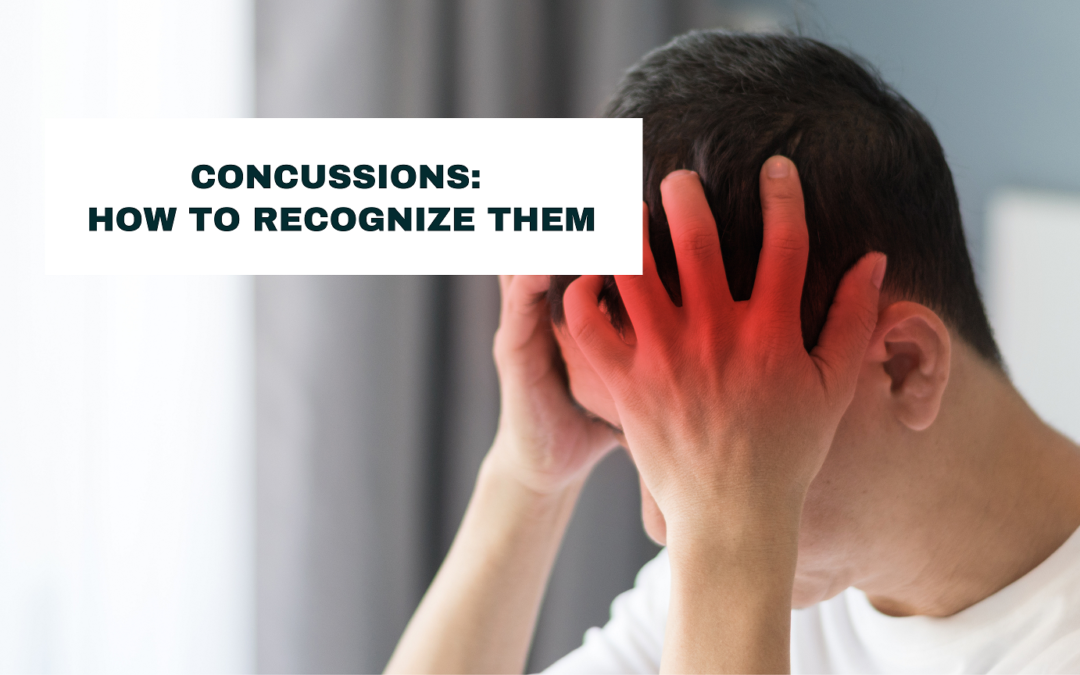With the fall and winter sports coming into focus once more, this is a good time to talk about concussions and some tips and tricks to spot them. There are many, many symptoms that can be linked to a concussion but I will discuss some of the more common and noticeable ones to keep an eye out for immediately after a collision or incident. It has become increasingly tough to know what is and isn’t a concussion because sometimes things can change so fast. It goes without saying, if you suspect a concussion, seek out a trained medical professional for an appropriate diagnosis and treatment plan!
What we know about concussions is constantly evolving, but what isn’t up for debate is how important it is to intervene early and quickly! That makes spotting them a very important task. A parent and coach might be the first to notice that something is off. The coach should take some time to learn about their athletes so if anything happens, they know what constitutes their “normal” behaviour. After any sort of incident, whether it be on the ice or field, an athlete can be dazed or confused. That could manifest itself as them not remembering some important details like who the opposing team is, how they got hurt, what their instruction was or even the score in the match. The athlete can become kind of isolated, as if they are all alone on the bench, which might be accompanied with some head shaking or frustration. It is extremely important to realize here that all of these can occur in the absence of a loss of consciousness. You do not need to black out to have a concussion, but if one does occur, that is the first sign that something is wrong.
I hope this helps shed a little light as to some of the things to watch out for! If you’re unsure if you see something that fits the description above, I’ve got a helpful rhyme that was taught to me and has not failed me to date: “WHEN IN DOUBT, SIT THEM OUT!”. Repeated impacts or trauma to the brain after an initial injury are incredibly dangerous so stopping the athlete as early as possible is crucial!
I hope this helps shed a little light on what to look for when you suspect a concussion!
Federico D’Agnillo, Physiotherapist

